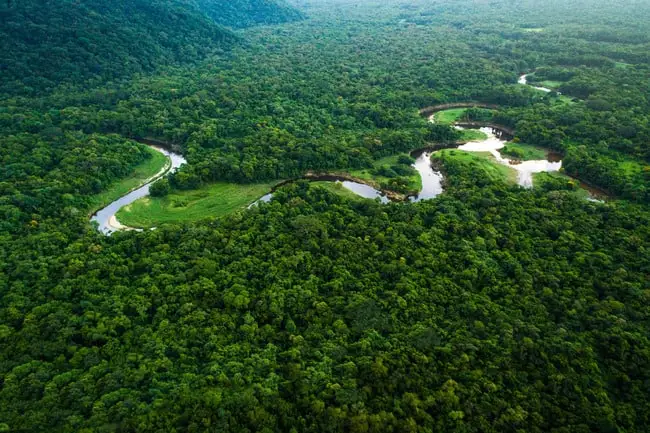10. Kinabalu National Park
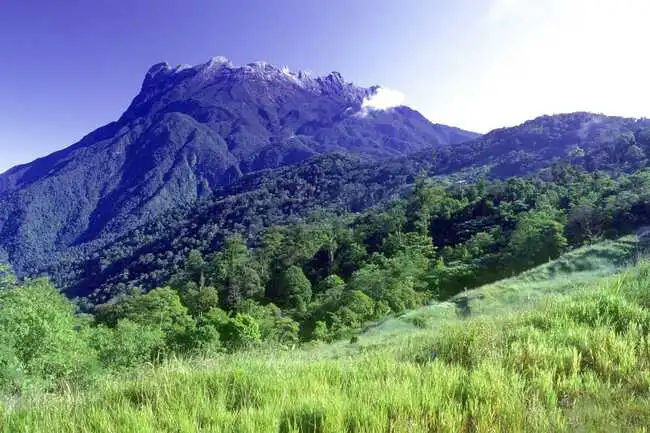
Kinabalu National Park is a 754-square-kilometer park on the island of Borneo in Sabah, Malaysia. Kinabalu National Park was established in 1964 and is home to some of the world’s most important biological vegetation and fauna. It is home to Mount Kinabalu, the world’s highest mountain, which is positioned between New Guinea and the Himalayas. In the year 2000, Kinabalu National Park was classified as Malaysia’s first UNESCO World Heritage Site. Because of Mount Kinabalu’s presence in the park, there are four climate zones, as well as a diversity of indigenous species. More than 11 species of land snails can be found in Kinabalu National Park. There are 326 bird species and at least 100 animal species in the area.
9. Daintree Rainforest
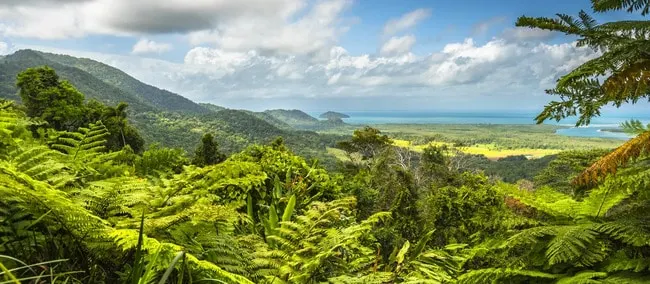
Richard Daintree, an Australian photographer and geologist, gave his name to the Daintree Rainforest. The Daintree Rainforest, which is located in Tropical North Queensland, Australia, is over 135 million years old, making it the world’s oldest rainforest. The Daintree Rainforest is Australia’s largest rainforest, covering over 1,200 square kilometres and home to numerous animal and plant species found nowhere else on the planet. The Daintree Rainforest, a world heritage site, is recognised for its thick canopy and vines, forest-clad slopes and valleys. It is not just one of the world’s largest forests, but also a major tourist destination that draws visitors from all over the world.
8. Bosawas Biosphere Reserve
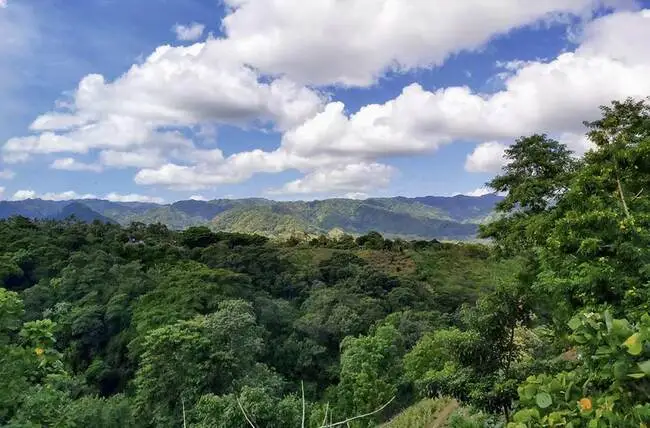
Bosawas is a crossroads for North and South American wildlife. It is home to a large number of vertebrate and invertebrate creatures. In 1997, UNESCO listed it as a World Heritage Site. The biosphere park is around 8500 square kilometres in size. Approximately 13% of the world’s known species are thought to live within the reserve. It consists of six distinct forests. There are also 20 distinct groups of ingenious people living there.
7. Sundarbans

The Sundarbans merit a spot on our list of the world’s largest forests, as well as India’s. It is a Mangrove Forest that is located between the Indian state of West Bengal and the Bangladeshi division of Khulna. It is home to around 290 bird species, 120 fish species, 42 mammal species, 35 reptile species, and eight amphibian species. Royal Bengal tigers, northern river terrapins, olive ridley sea turtles, estuary crocodiles, Gangetic dolphins, ground turtles, hawksbill sea turtles, and king crabs are among the endangered species that call the Sunderbans home. The fact that the Sunderbans is Bangladesh’s greatest source of forest produce and hence a key contributor to the country’s economy adds to its importance.
6. Rainforest of Xishuangbanna
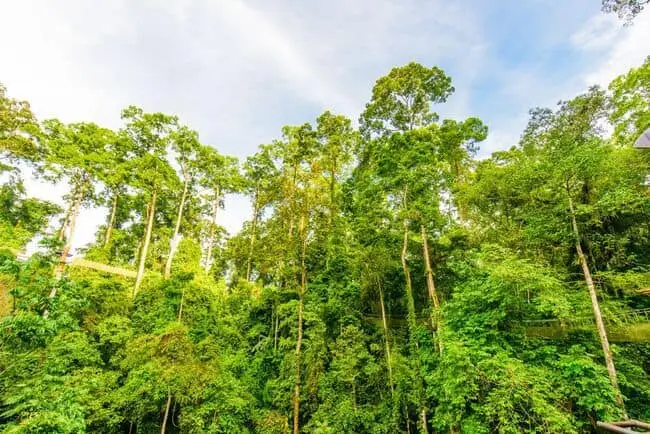
The Xishuangbanna Rainforest in China is one of Asia’s and the world’s largest forests. It has around 5,000 kinds of vascular plants and accounts for 16 percent of China’s total plant diversity. This Rainforest is extremely important to China’s environment because it is home to a large number of birds, animals, reptiles, and amphibians. Asian Elephants, Green Peacocks, and Indo-Chinese Tigers are among the prominent species found in the Xishuangbanna Rainforest. On the basis of its composition, this Rainforest can be split into three categories: tropical rainforest vegetation, tropical montane rainforest, and tropical seasonal rainforest.
5. Tongass, North America
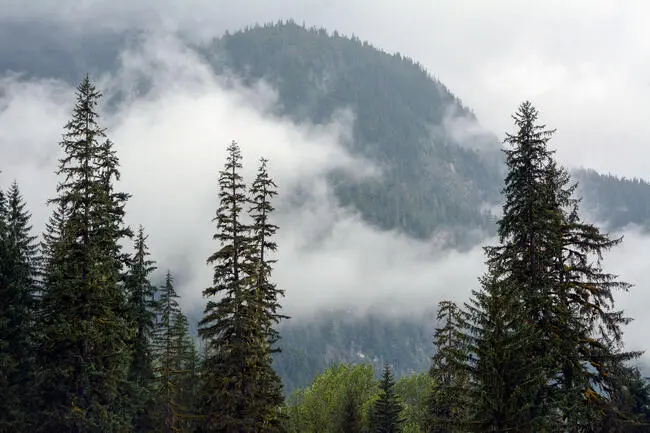
The Tongass National Forest is America’s largest national forest, covering the majority of the Alaska Panhandle in Southeast Alaska and covering over 17 million acres. It’s a temperate rainforest that’s home to a number of endangered flora and wildlife species. Over 75,000 people reside in the Tongass National Forest, which is made up of islands, mountains, glaciers, and other natural features. It is also home to the most bald eagles, as well as brown bears, moose, porpoises, humpback whales, mountain goats, killer whales, sea otters, fur seals, black bears, and wolves, among other species.
4. New Guinea Rainforest

New Guinea, the world’s second biggest island, is home to some of the world’s most traditional forest dwellers as well as one of the last major areas of tropical rainforest. Natural resources abound on the island, including timber, minerals, offshore fisheries, and energy deposits. The sovereign country of Papua New Guinea (eastern half) and the Indonesian provinces of Papua and West Papua make up New Guinea today (the western half formerly known as Irian Jaya). New Guinea is believed to have 5-10 percent of world biodiversity despite covering less than 0.5 percent of the Earth’s area.
3. Valdivian Temperate Rainforest, South America
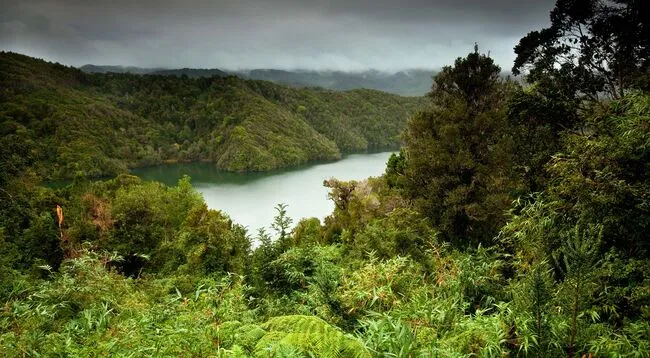
The Valdivian Temperate Rainforest is the Neotropical Realm’s third-largest forest, found in South America. The forest is classified as temperate broadleaf and mixed forest and shares its boundaries with Chile and Argentina. It is home to a variety of unique plant and animal species, including the Chusquea quila, nalca, southern pud (the world’s tiniest deer), kodkod (South America’s tiniest cat), and even Chile’s national flower, Copihue. The Valdivian Rainforest is also unique in that it contains glaciers.
2. Congo Rainforest, Africa

Congo Rainforest, Africa is the second biggest forest in the world, spanning the borders of six countries: Cameroon, the Central African Republic, the Republic of Congo, the Democratic Republic of Congo (DRC), Equatorial Guinea, and Gabon. The Congo Rainforest is home to around 1000 species of birds, 600 species of trees, and 10,000 species of animals. The Congo Basin is also home to the world’s second largest river, the Congo River, and another unique feature of this rainforest is that it is the only place on the planet where all three gorilla species, the lowland gorilla, the endangered mountain gorilla, and the endemic eastern lowland gorilla, can be found.
1. Amazon Rainforest, South America
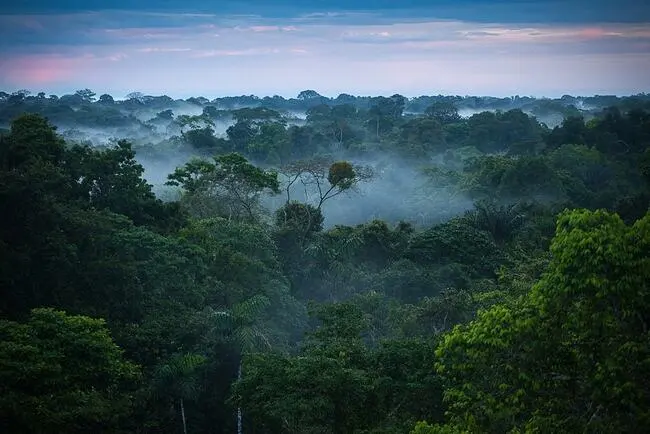
The Amazon Rainforest, also known as the Amazon Jungle or Amazonia, is a tropical rainforest in South America that is considered one of the world’s largest woods. Bolivia, Brazil, Colombia, Ecuador, French Guiana (France), Guyana, Peru, Suriname, and Venezuela are among the countries that share the forest’s location. The Amazon Rainforest is the world’s largest jungle, and it is home to over 350 ethnic groups. It is home to 40,000 plant species, 1,300 bird species, 2,200 fish species, 427 mammalian species, 430 amphibian species, 380 reptile species, and more than 2.5 million insect species. The Amazon Rainforest also provides 20% of the world’s oxygen. And this, taken together, reflects the importance of Amazon Rainforests.
